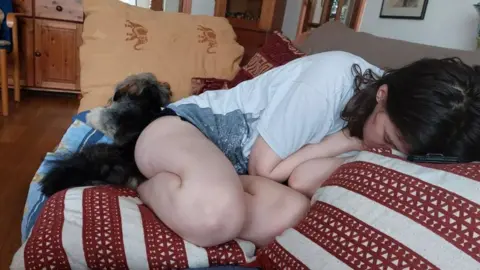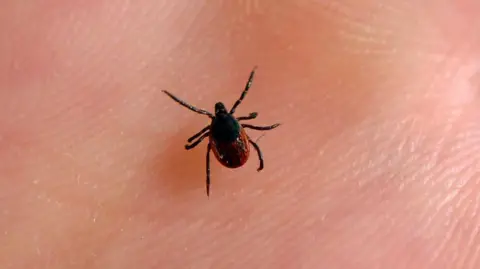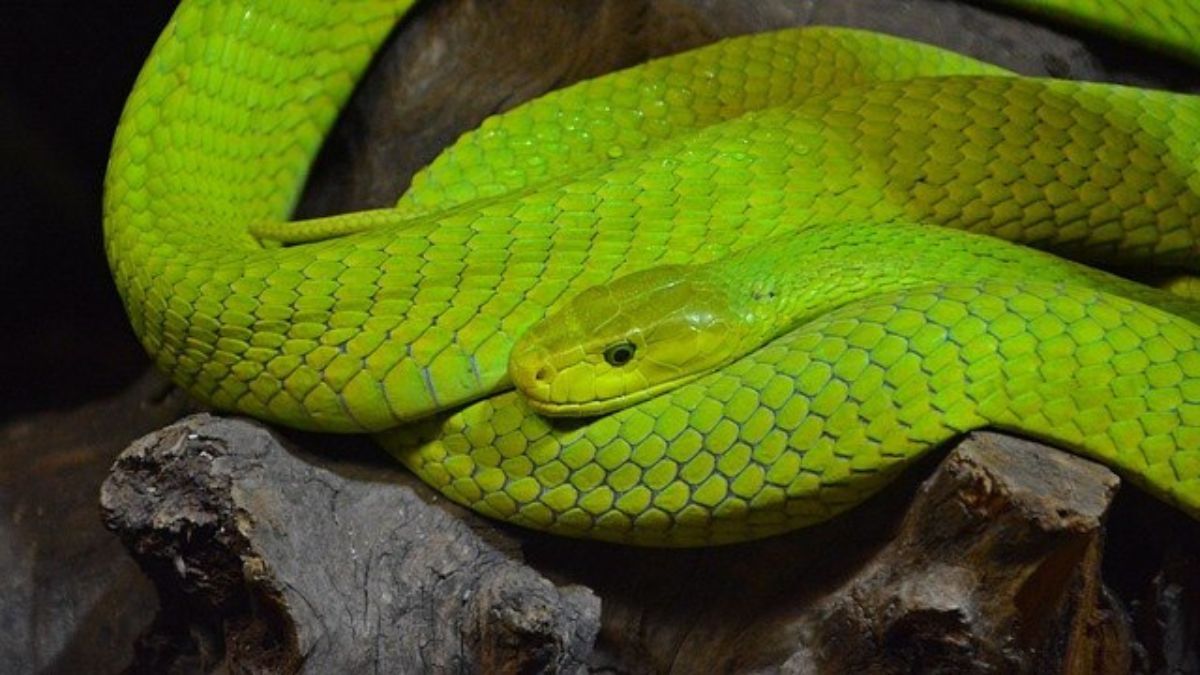 PA Media
PA MediaA few years ago, Maia Pavey was busy running a photo lab studio in Woolwich. Now she is bedridden, suffering “crushing” fatigue, numbness, limb pain, dizziness and nausea.
“My independence is gone completely. Being bedridden and not being able to do anything is incredibly difficult, so I’m quite sad all the time,” Maia, 27, said.
“It’s even harder when I can’t do anything to cheer myself up.”
In March 2022 she contracted Covid-19, which rapidly deteriorated her health, leaving her bedbound since August 2023.
Her family spent more than a year not knowing what caused her symptoms, until she was diagnosed with Lyme disease in December 2024. It is thought Covid reactivated the disease which had been dormant for years.
 PA Media
PA MediaMaia, from Erith in south-east London, has also been diagnosed with a long list of complex and overlapping medical conditions, alongside Lyme disease.
These include long Covid and postural tachycardia syndrome, which prevents the normal functioning of the nervous system.
“Her immune system was weakened [by Covid-19], and it opened the door to any prior infections that were lurking,” her mother Helene explained.
It has left her unable to work or care for herself, with Helene becoming her full-time carer.
Maia says she was “shocked” and “cried a lot” when she received the diagnosis.
“At that point, I was struggling to do anything, so crying for an hour wiped me out for over a week.
“Then eventually when I was told about the disease, so much of my life made sense. I realised I’ve been suffering from this for a long time.”
 PA Media
PA MediaHer family believe Maia was bitten by a tick during her teenage years when she was involved in the Scouts and spent hours outdoors in woodland and grassy areas.
With no obvious illness, she continued with her life.
“We didn’t suspect anything – maybe Maia didn’t have symptoms at the time, or maybe she had a slight flu or fever that we didn’t connect to anything else,” Helene said.
Maia encouraged people to “educate yourself about tick-borne illnesses and the ways to avoid them or protect yourself”.
“If you know anyone who is suffering but doctors have disregarded their symptoms, consider checking whether it’s Lyme disease via a specialist,” she added.
“And if you know someone dealing with a chronic illness, reach out to them regularly. They are probably quite lonely.”
Although she remains bedridden for now, the delivery of antibiotics via an IV drip has improved Maia’s condition, and she hopes to manage her symptoms or even achieve remission in the future.
“There are bad days and there are worse days, and sometimes there are OK days. I cry a lot, but I just have to keep going,” she said.
What is Lyme disease?
 AFP via Getty Images
AFP via Getty ImagesLyme disease is a bacterial infection that is spread to humans by infected ticks, according to the NHS.
A circular or oval shape rash around a tick bite may appear up to three months after being bitten by an infected tick. This is not usually hot or itchy, can have a darker or lighter area in the centre, and may look like a bruise.
Ticks are found all over the UK, but high-risk places include grassy and woodland areas in southern England and the Scottish Highlands.
The best way to reduce your risk of Lyme disease is by avoiding tick bites by:
- Covering your skin while walking outdoors
- Using insect repellent containing DEET
- Staying on clear paths
- Wearing light-coloured clothing so ticks are more visible and can be brushed off
If you do get bitten, you should remove the tick quickly with tweezers or a tick-removal tool.
Source link


